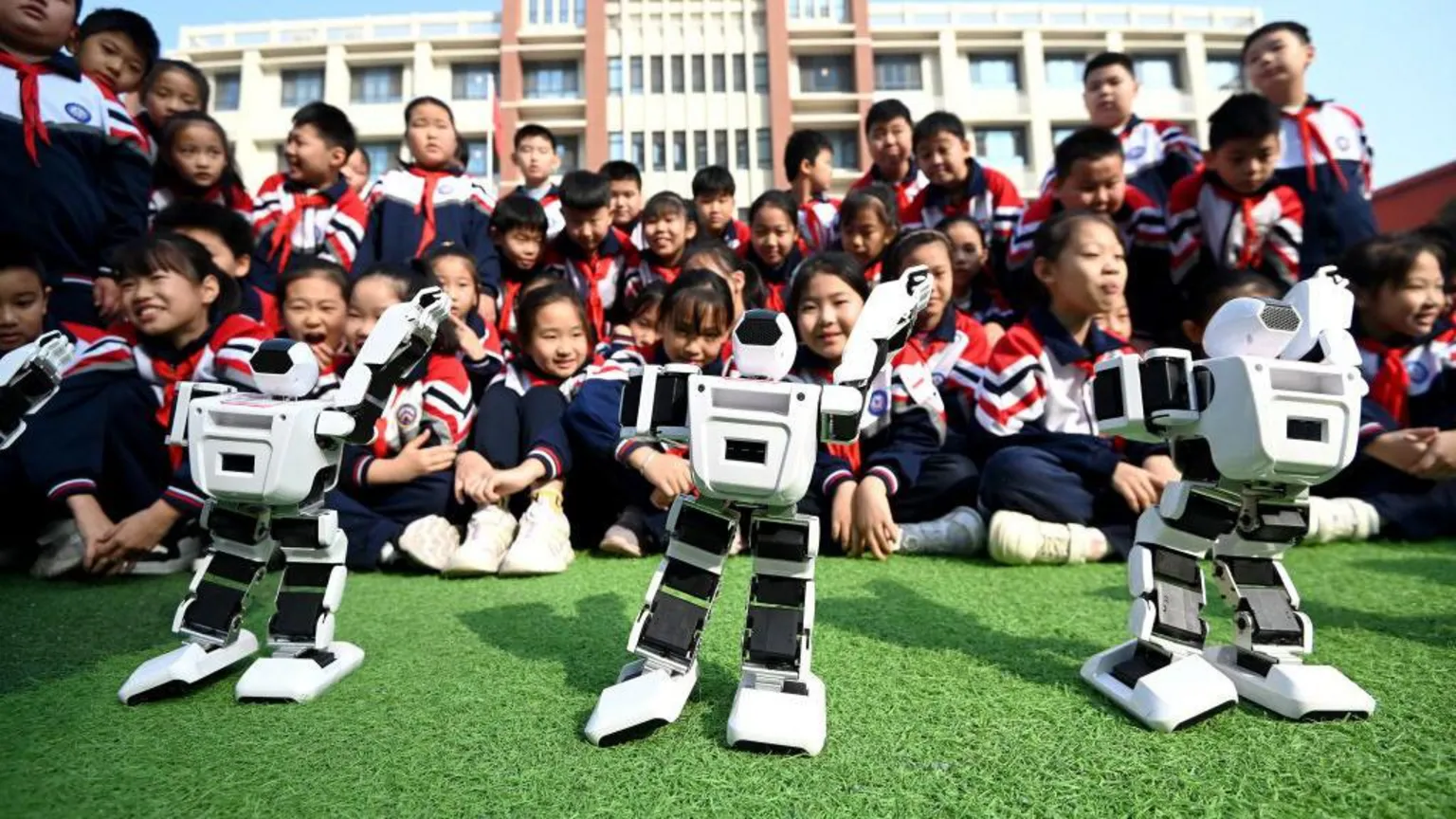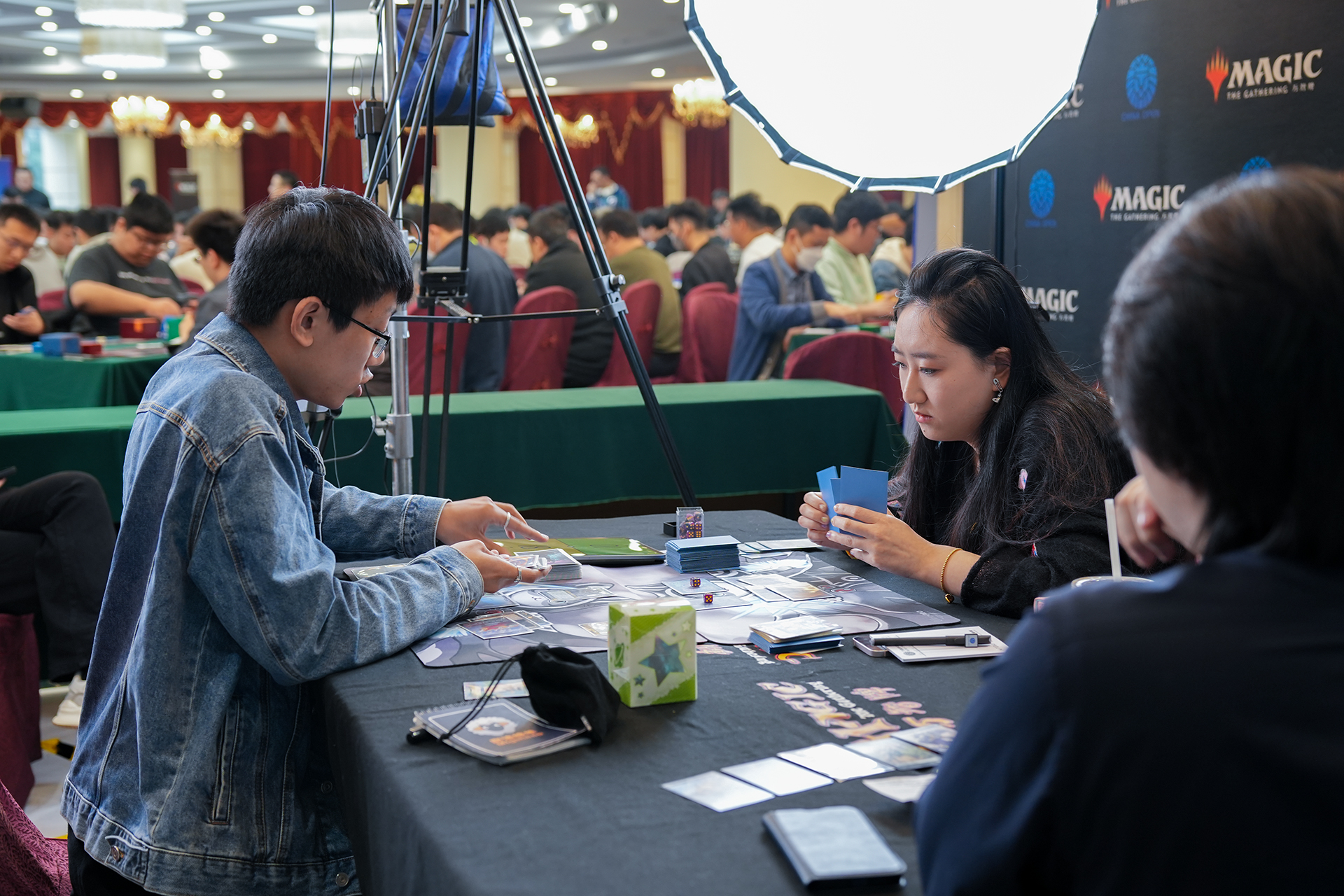On October 1, China officially launched its new K visa, a category designed to attract young science and technology professionals without requiring a job offer in advance. The rollout comes just weeks after the Trump administration stunned the global talent market by imposing a USD 100,000 application fee on H-1B visas for employers. At the same time, the US introduced a new USD 30 enrollment fee for the Electronic Visa Update System (EVUS), which requires certain Chinese nationals holding long-term visitor visas to regularly update their travel information before entering the country.
Taken together, it’s no coincidence that the K visa rollout coincided with China’s National Day. The new program is not a festival gesture, but a direct response to Washington’s tightening of its immigration and research policies. In contrast to the US’ H-1B system, which requires employer sponsorship and faces heavy lottery restrictions, the K visa promises more flexibility. It’s particularly significant for foreign job seekers and international students in China, including those at Sino-foreign joint universities, who previously had little chance to stay and work after graduation. Large corporations could always relocate staff globally, but fresh graduates often faced a hard stop.

Still, reaction inside China has been far from celebratory. Many netizens questioned the wisdom of inviting more foreign talent. Some comments veered into nationalist or xenophobic territory, warning of an influx of Indian tech workers and worrying about whether Chinese bachelor’s degree holders could compete. Others are more concerned about whether only putting restrictions on the degree is enough, while working in China often requires Mandarin Chinese proficiency.
Despite the backlash, the symbolism is striking. At a time when the US is pricing out foreign talent, and other nations like Germany and South Korea are loosening their rules, Beijing’s creation of the K visa marks a rare step toward greater openness. Whether it can overcome language barriers, vague requirements, and political skepticism remains uncertain. But the message is clear: China wants to position itself as a player in the global talent race.
Cover Image via CNN.













